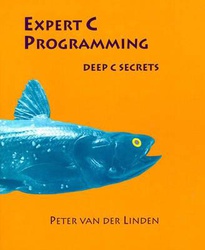
Expert C Programming
Essential programmingDeep C Secrets Peter van der Linden. #include

Deep C Secrets Peter van der Linden. #include
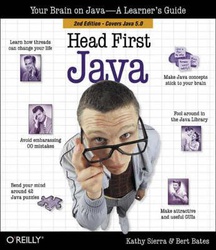
number formatting Number formatting InJava, formatting numbers and dates doesn't have to be coupled with I/O. Think about it. One of the most typical ways to display numbers to a user is through a GUI. You put Strings into a scrolling text ...
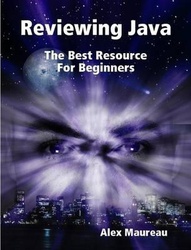
A simple Java review book and your best guide to learning Java programming. This book covers the most seen topics in introductory programming courses such as conditions, loops, arrays, classes and inheritance.
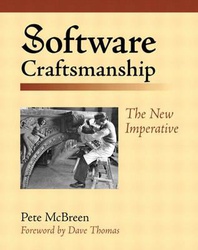
Chapter. 19. Perpetual. Learning. Software developers need to have a good memory, be very good at learning, and be great at forgetting. Forgetting is the most important ability because it is the key to perpetual learning. Learning is important ...
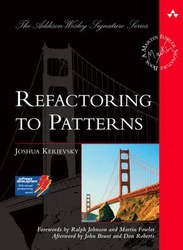
This book introduces the theory and practice of pattern-directed refactorings: sequences of low-level refactorings that allow designers to safely move designs to, towards, or away from pattern implementations.

Describes a method of effectively specifying, testing, and delivering software, covering such topics as documentation, process patterns, and automation, along with case studies from a variety of firms.
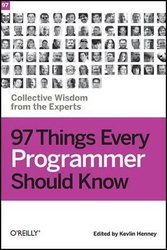
With the 97 short and extremely useful tips for programmers in this book, you'll expand your skills by adopting new approaches to old problems, learning appropriate best practices, and honing your craft through sound advice.
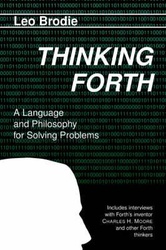
A Language and Philosophy for Solving Problems Leo Brodie. THREE Preliminary Design/ Decomposition Assuming you have some idea of what your program should. Justine Time.
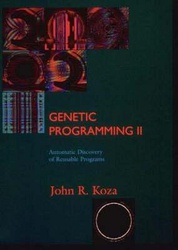
The lawnmower problem. The bumblebee problem. The increasing benefits of ADFs as problems are scaled up. Finding an impulse response function. Artificial ant on the San Mateo trail. Obstacle-avoiding robot. The minesweeper problem.

Mr. Rogo, a plant manager, must improve his factory's efficiency or face its closing in just three months.
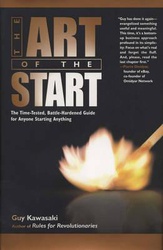
Explains how to transform ideas into action, offering a step-by-step approach to launching great products, services, and companies and demonstrating how managers can unleash a creative approach to business at established companies.
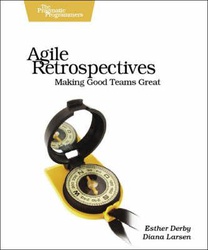
The tools and recipes in this book will help readers uncover and solve hidden and not-so-hidden problems with their technology and methodology. It offers tips to fix the problems faced on a software development project on an ongoing basis.
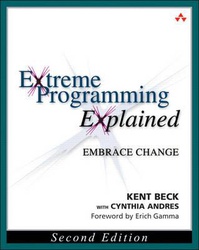
You may love XP, or you may hate it, but "Extreme Programming Explained" will force you to take a fresh look at how you develop software. 0201616416B04062001
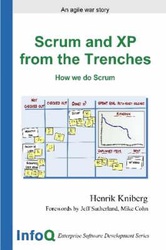
This book aims to give you a head start by providing a detailed down-to-earth account of how one Swedish company implemented Scrum and XP with a team of approximately 40 people and how they continuously improved their process over a year's ...
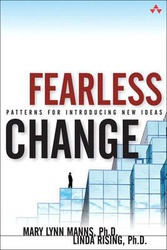
The co-authors reveal 48 patterns of behavior associated with successful change in knowledge-driven organizations, and show readers exactly how to use them in their own organization.

Introducing readers to different ways of ordering all of the projects they are working on, "Manage Your Project Portfolio" helps to define a team's, group's, or department's mission--whether the projects include of software or hardware ...
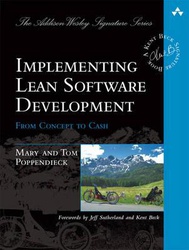
"This remarkable book combines practical advice, ready-to-use techniques, anda deep understanding of why this is the right way to develop software. I haveseen software teams transformed by the ideas in this book.
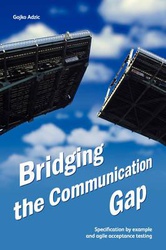
Bridging the Communication Gap is a book about improving communication between customers, business analysts, developers and testers on software projects, especially by using specification by example and agile acceptance testing.
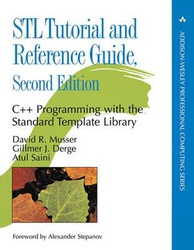
The generic algorithms chapter with so many more examples than in the previous edition is delightful! The examples work cumulatively to give a sense of comfortable competence with the algorithms, containers, and iterators used.

This essential manual introduces the notion of "Clean C", writing C code that can be compiled as a C++ program, and incorporates the ISO C Amendment 1 (1994) which specifies new facilities for writing portable, international programs in C.